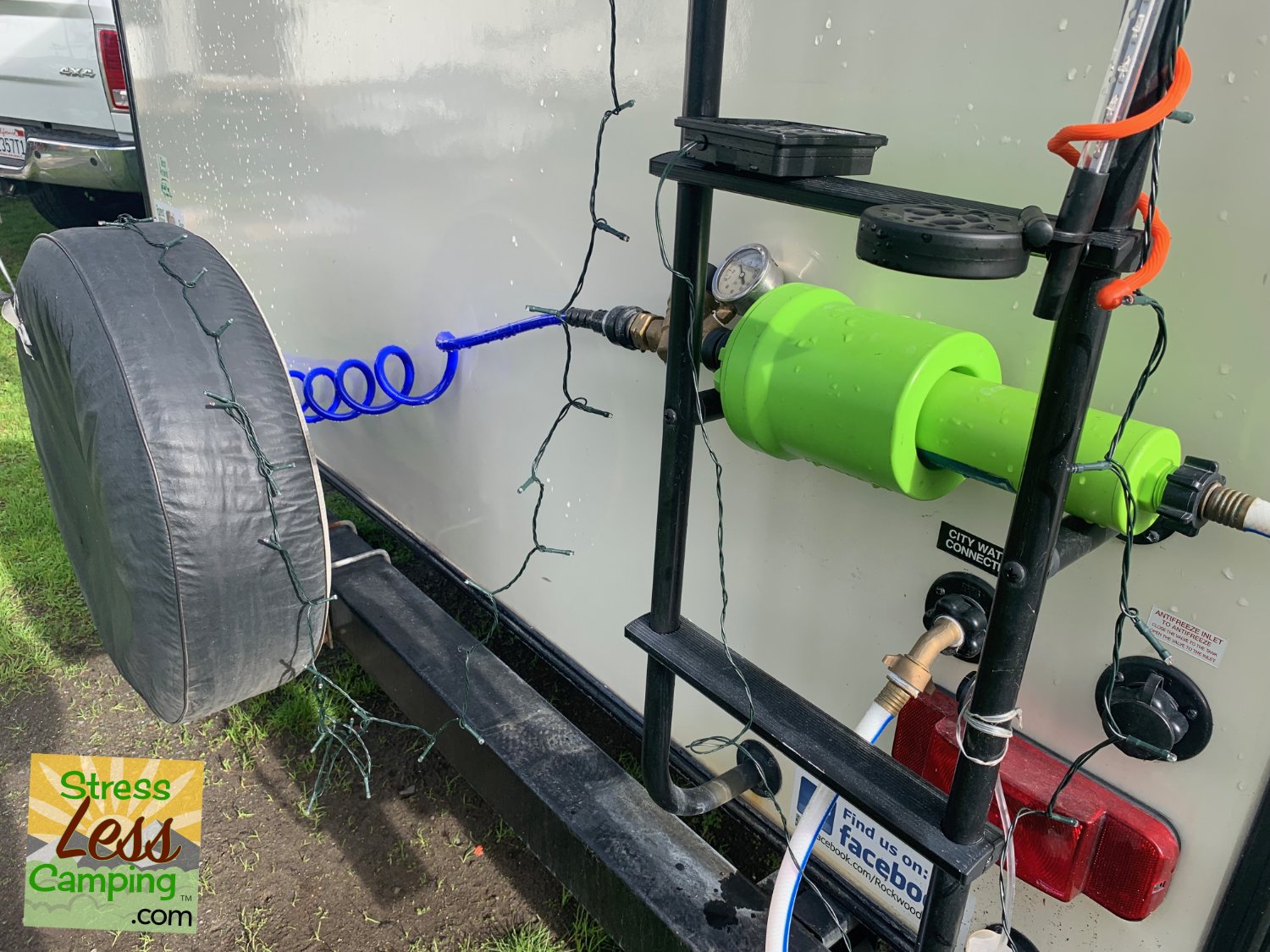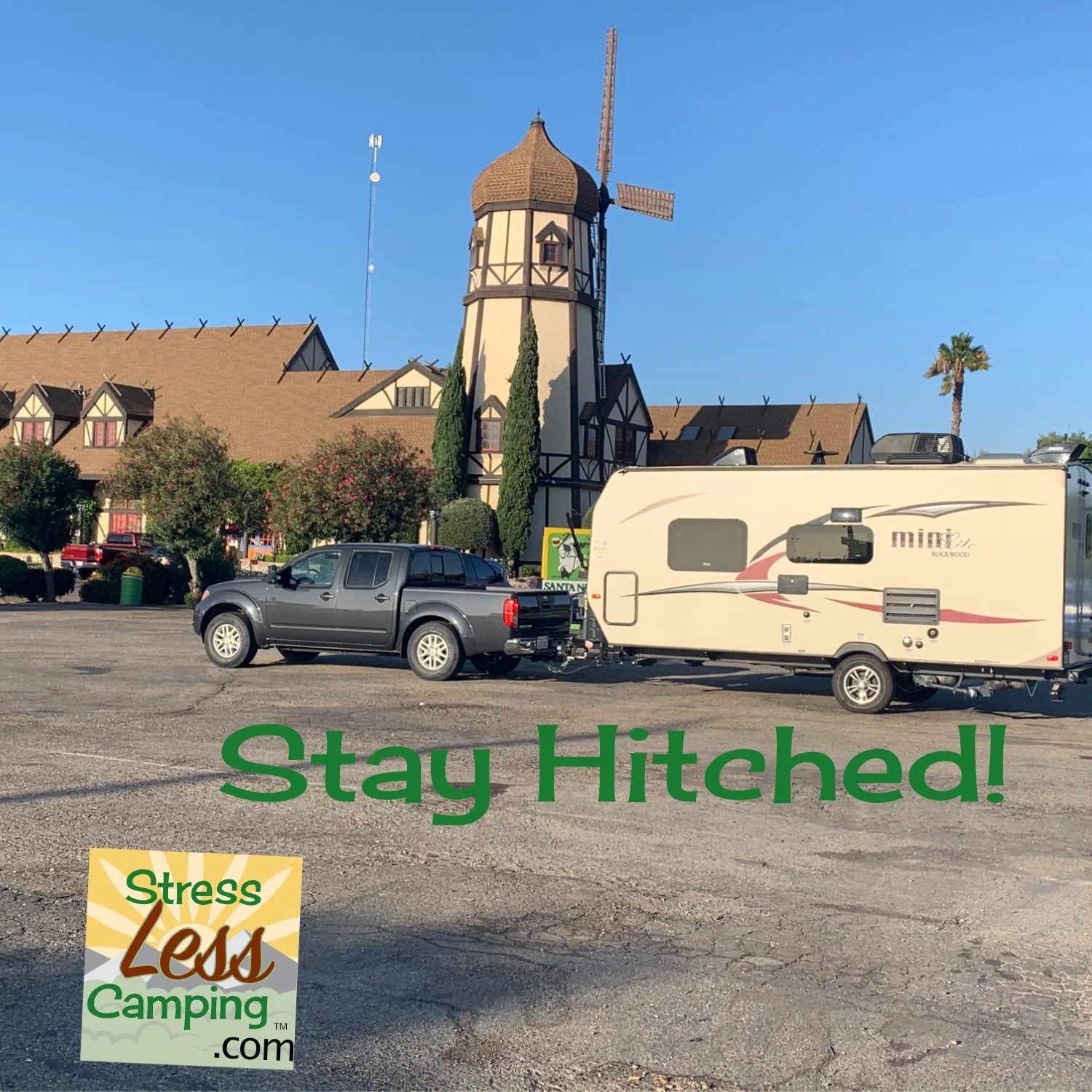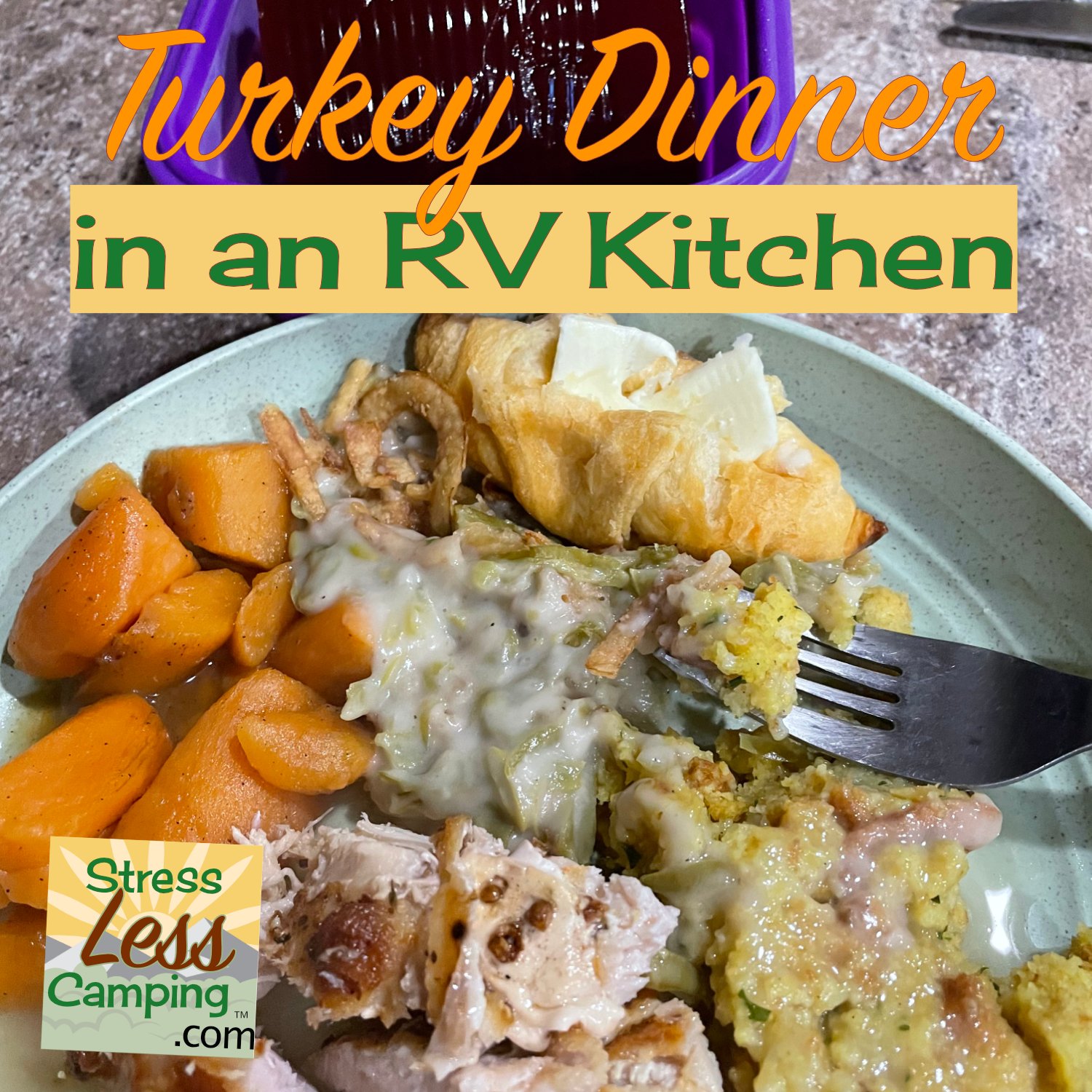How does my RV water system work
How does your RV water system work? Did you know that your RV has two distinct ways to get water to your faucets? There is a city water hookup, and a fresh water tank. Sometimes people mix these up, so here is some information about your two RV water systems.
As used in this article, “city water” refers to any water from a spigot at the camp site. This water source is often from a public water system, but can also be well-water if the campground has that water source available. Water from such a source is potable, unless otherwise indicated. This water is also pressurized - you turn on the spigot and the water comes gushing out.
If you have access to city water or a water spigot, then you won’t need to use your fresh water tank. Here are some tips on using city water.
Regulate the Pressure
The water you get from the spigot at a campground is pressurized. Unfortunately the amount of water pressure can vary greatly. A water pressure regulator is important when you are hooked to city water.
Some water systems have really high water pressure. The plumbing inside your RV isn’t designed for that much constant pressure. The pressure regulator will ensure that the water flow into the RV isn’t too high, putting the RV plumbing at risk of a blow-out.
A pressure regulator restricts the amount of water flowing into the system. There are simple water regulators on Amazon for less than $10. We like the water regulator with a gauge so we can see how much pressure is actually getting through. We set our regulator gauge to 40 pounds per square inch (psi). This pressure is safe for most RV plumbing systems. The $30 price tag is small compared to having to have the plumbing fixed.
There is no need to use the water pump when the RV is fed city water from a spigot. The pressure of the water coming into the RV is sufficient for the water to flow to the faucets.
Filters Make Water Better
Our RV’s water connection at the campground
Potable or “city" water is generally safe to drink. However, it’s not always pleasant to drink. While water available at campgrounds is potable, it isn’t always tasty. A filter added between the spigot and the RV will help assure the quality of the water.
Our favorite RV water filter system is the two-stage Clear2O filter with the dirt guard sediment pre-filter. The sediment pre-filter is a 20-micron filter that eliminates silt, sand, sediment, rust, and other particulates. Then, the solid carbon block is a 1-micron filter that reduces contaminants, bad taste, odors, and chlorine that might be in that “less pleasant” potable water that I mentioned earlier.
We have been asked many times whether the filter should be attached closer to the spigot or closer to the RV’s water inlet. We have historically put the filter near the RV inlet, because it was convenient to rest the filter on the bumper or the ladder. However, I recently learned that there are a couple good reasons for putting the filter closer to the city water spigot. Clear2O recommends this location, for two main reasons. First, maximum pressure can be pushed through the filter when it is closer to the spigot. Secondly, the filters don’t like hot water, and in sitting in the length of the hose can heat up and then be pushed through the filter closer to the RV end. Therefore, we are going to start putting our filter at the spigot-end of the hose.
Choosing a Hose
You’ll want to use a hose that’s safe for drinking water, also. Essentially, the hoses that are designed for RV water are lead-free, which is a good idea for water you’ll be drinking, cooking with, or showering in.
We originally used the basic, white water hose that most RVs come with. That was fine for a few years, but the hoses do tend to kink and eventually the connections at the end started to leak. We replaced those with a Zero-G brand hose, which a lot of people like. They don’t kink, and they sort of “shrivel up” a little bit when the water is released. However, the connections on ours started leaking almost immediately.
We decided to “buy the best and cry only once,” as Tony likes to say, and we purchased two, 25-foot “ultimate RV water hoses” from the AirGear Store. These hoses are guaranteed for 5 years and can withstand pressures up to 375 psi! Wow! I have never been to a campground with that much pressure!
In fact we have a full article with a video about our favorite RV water hose here.
Accessories for Unusual Situations
We started carrying a water bandit after an experience at a state beach that we thought offered water. Well, it did have a spigot, but not at the camp site, and not one with a threaded fitting for hooking up a hose. We had to hold the hose as tightly as we could against the spigot. This particular spigot also didn’t have a turn-handle, but a push-down handle that didn’t stay open. So we took turns holding the hose and the handle to get water into the camper. To make this even more funny, we set up the trailer before figuring this out so we were pretty far away from the water source. We had to use our two hoses and our friend Linda’s two hoses, and still barely reached!
With the water bandit, at least we can free up one of the hands required in such a silly situation.
We are now better-prepared for water emergencies. We carry two 2-gallon collapsible plastic containers, and a drill-driven pump to transfer water from the containers into the fresh water tank. As long as we can find a water source to fill the containers, we can carry them back to the travel trailer and fill up the water tank.
The Fresh Water Tank
If you don’t have access to a “city” water hookup, then you’ll need to fill your fresh water tank and use the water pump to get the water from the tank to the faucets.
Filling the Tank
When we fill our fresh water tank, we hook the filter in-line with the fill hose, so that we know the water in the tank is good quality. The main exception to this rule is if we fill the tank at home; we know the quality of our water at home and don’t feel the need to filter it.
Your RV’s Water Pump
To repeat, there is no need to use the water pump when the RV is fed city water from a spigot. The pressure of the water coming into the RV is sufficient for the water to flow to the faucets.
If you are boondocking, or for another reason not hooked up to city water, then you’ll need to use your water pump to pressurize the tank and get water to flow to the faucets.
If there is even a slight leak somewhere in your plumbing, the pump may continue to run, or run periodically for a second, in an effort to keep the pressure in the lines. While this can be annoying, it can also be a good indicator that there is a leak somewhere that needs to be found and repaired.
Surprise Fresh-Tank Fill
Your RV’s water system has a device called a check valve that prevents pressurized water from the “city” water connection from back flowing into the fresh water tank and overfilling it.
Occasionally, the check valve can get stuck. In this case, the city water will flow into the fresh water tank. It’s not common, but it does happen.
We recommend checking the tank levels on occasion so if the tank is being filled, it doesn’t overfill. Our check valve happens to be failing and the fresh-water tank frequently fills from the city water hookup. Therefore, we monitor regularly. We also make sure to turn off the city water when we leave camp. And if the valve has been acting fiddly, we turn off the water at night and pump water from the tank.
When the check valve has let us down and we find ourselves with a full-ish fresh water tank, we simply turn off the city spigot (we usually remove the hose from the spigot just to be super-duper certain) and turn on the pump to use up the water from the tank.
Cold-ish Weather
You want to turn off the water at night if there is a chance of freezing. It’s best unhook the hose so any water in the hose has an escape route in case of freezing. While we try to avoid such cold weather, if we know the night will be cold we will put water in the fresh tank and leave the hose unattached to be sure not to ruin our equipment.
You need to take more precautions for camping when the weather is really cold. Check out Tony’s articles about camping in your winterized RV.
Don’t Take Chances
Actually, even if the weather is nice and you’ve never had trouble with your check valve, it’s not a bad idea to turn off the water when you leave your camp for a period of time. After all, isn’t it better to be safe than sorry?
One more tip
Sometimes we find that the water pressure in the campground isn’t to your satisfaction, you can always fill your RV’s fresh water tank and then use the RV’s water pump. These often keep a pressure of about 55 pounds per square inch in the system which makes for a great shower. So, just because you have full hook-ups there may be times when you want to use your RV’s built-in water pump after all.
Water, Water Everywhere
We hope this information helps with understanding the two distinct sources of fresh water that you use in your RV.






























